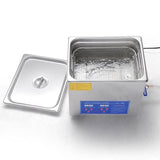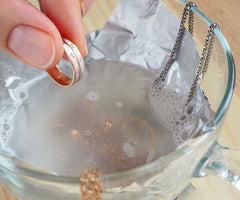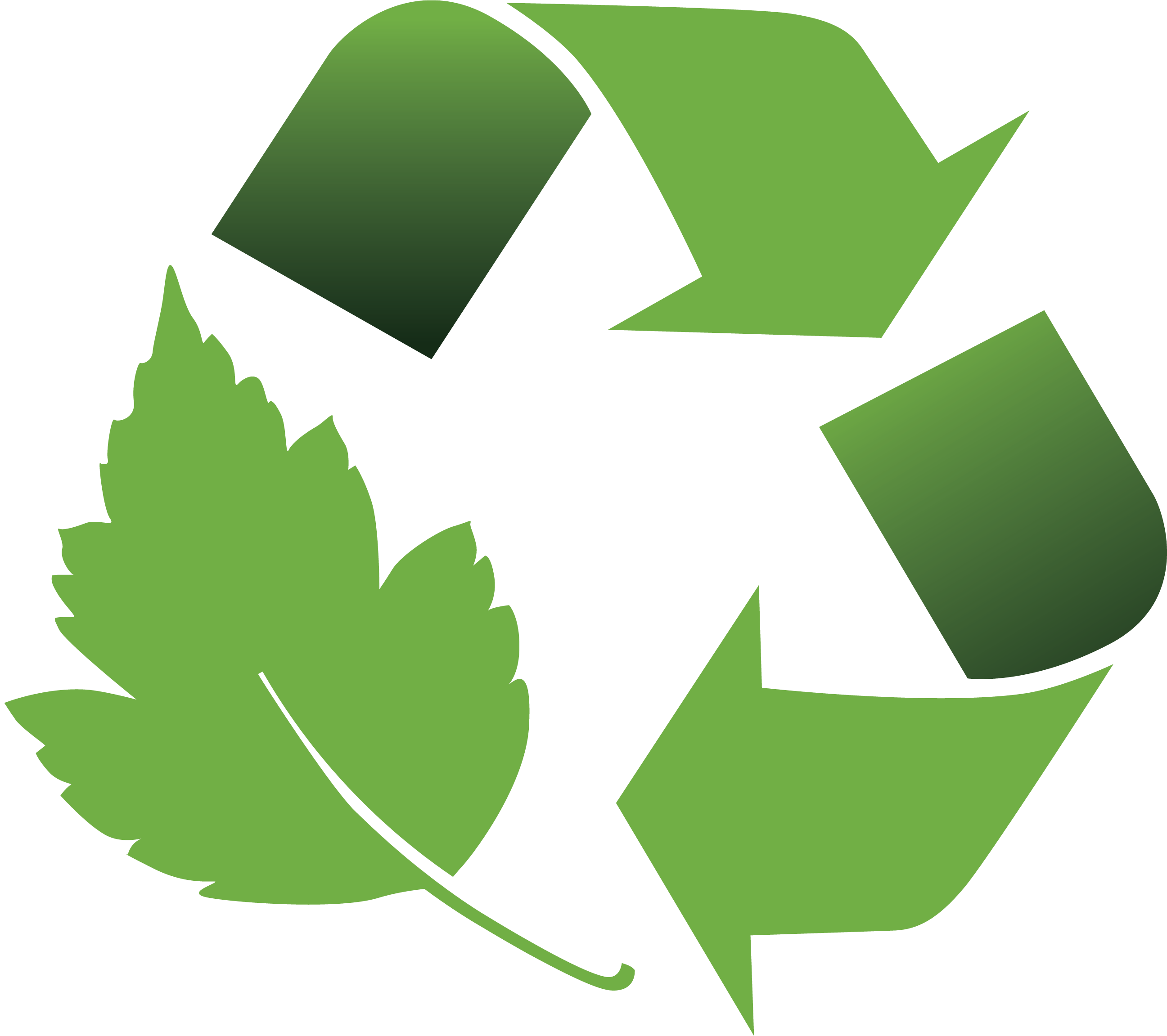Cleaning Methods for Silver - To polish or not to polish?
If you have ever searched on-line for "cleaning methods for silver" you will find about 74,500,000 results!!! And within those results there are a countless number of methods and products for doing so, which begs the question: Which one should I use and how often should I use it?



Liquid Cleaners / Dips: This category of cleaners is targeted widely at consumers. There are hundreds, if not thousands of brands many of which are abrasive and can contain harsh chemicals that may or may not be safe for many gems, especially softer ones like amber, turquoise, pearl, opal, emerald, etc. Some of these cleaners can also have toxic ingredients, so it's extremely important to know what ingredients are in the liquids that you are purchasing. Most reputable companies can provide an safety data sheet (SDS) with this info. There are certainly ones that are safe but again, pay attention to their labels and SDS's!

Polishing Machines / Compounds: These items are used predominantly by jewelers, both retailers and manufacturers. A lot of precaution is needed here since there are several different compounds that can be used, some of which are abrasive and can cause harm to both gems and softer metals. This category is used mainly in manufacturing and repairs and should not be used frequently on the same item. Every time silver is polished this way, it creates fine micro-scratches on the metal which creates more surface area thereby increasing tarnish rates. In other words, the more you polish silver, the faster it tarnishes.

Ultrasonic Cleaners / Solutions: These cleaners are mostly used, after an item has been buffed on a machine, to loosen and cleanse the polishing compounds utilized during the buffing process. They work with an ultrasonic cleaning solution, heat, and vibration. Care needs to be taken here because the vibration of the ultrasonic can cause gemstones to loosen. The heat involved can also cause damage to soft stones. For this reason it's best to use a lower heat setting when working with sensitive stones. In some cases, the solutions can be damaging to certain gems even at a low heat. Every jeweler should be aware of what stones are susceptible to these liquid solutions and heat settings: https://www.gemsociety.org/article/care-maintenance-gemstones/

Electro-Cleaners: This method uses an electro cleaning solution and electricity that's created through the use of a Rectifier. In simple terms, the Rectifier sends an electrical current both through the jewelry and a container filled with the solution. The jewelry is then placed inside the container where it is electronically cleaned, hence the term "electro-cleaner". This method can cause issues for many gemstones and metals so it's best left for professional use only. For best results it best for the solution to be quite hot though again, this depends upon the heat sensitivity of the gems involved.

Baking Soda, Aluminum Foil, and Toothpaste?: Amongst all the methods available to can clean silver and remove tarnish, there are also many, shall we say, unusual ways out there, some of which are effective and some not so much! Toothpaste for example, will clean well but can be quite abrasive, ruin gem stones, and get into crevices where it's difficult to remove it. Baking soda mixed with water into a paste can also be abrasive which will scratch gem stones and the silver thereby causing it to tarnish faster as we discussed earlier in this blog. Placing your silver items on aluminum foil that has a mixture of baking soda and warm water, causes an electrolytic action that removes tarnish but can also harm oxidized silver.
Conclusion: As you can surmise from this blog, there are so many ways to clean silver, just a few of which we discussed in this blog. And, while this blog only covers a few of the basics, there are still hundreds of other ways to clean your silver, some good and other not so good. The bottom line here is that it's important to know the properties of the gems and metals you are cleaning as well as having a thorough knowledge of the methods, machines, and chemicals involved before deciding on which one to utilize. But one thing is for sure, the more you polish silver, the faster it tarnishes, so you want to polish it as seldom as possible. This raises the question whether or not to polish your silver and how often. Obviously yes, if you want your silver to look like new you need to polish it, but the real question is how do I avoid repeatedly cleaning my silver so it doesn't tarnish even faster? The answer is simple: clean your silver one last (or for the first) time and when you're not using or wearing it, store it in tarnish prevention packaging that's safe, non-toxic, non-contaminating, and non-abrasive.





